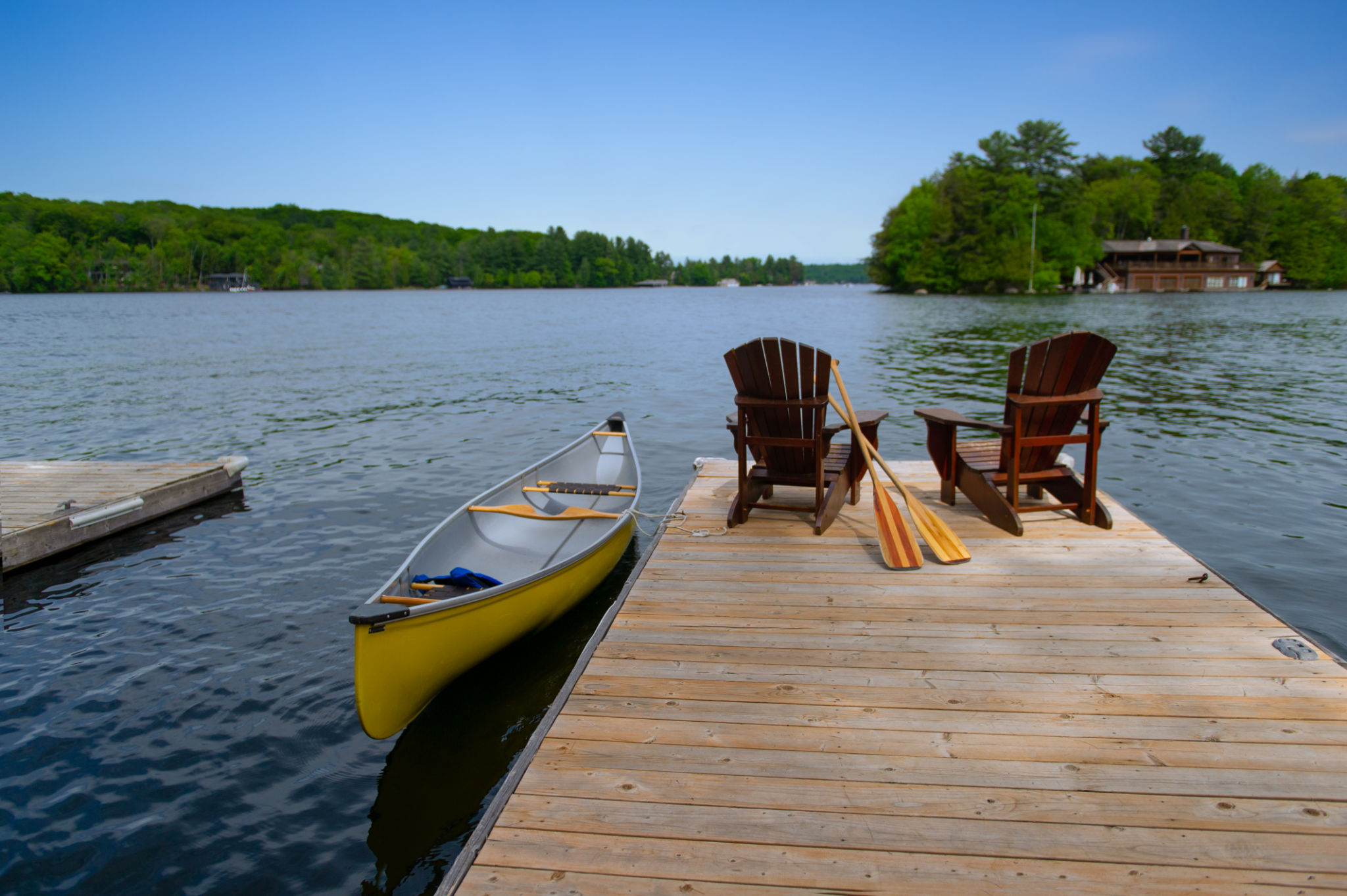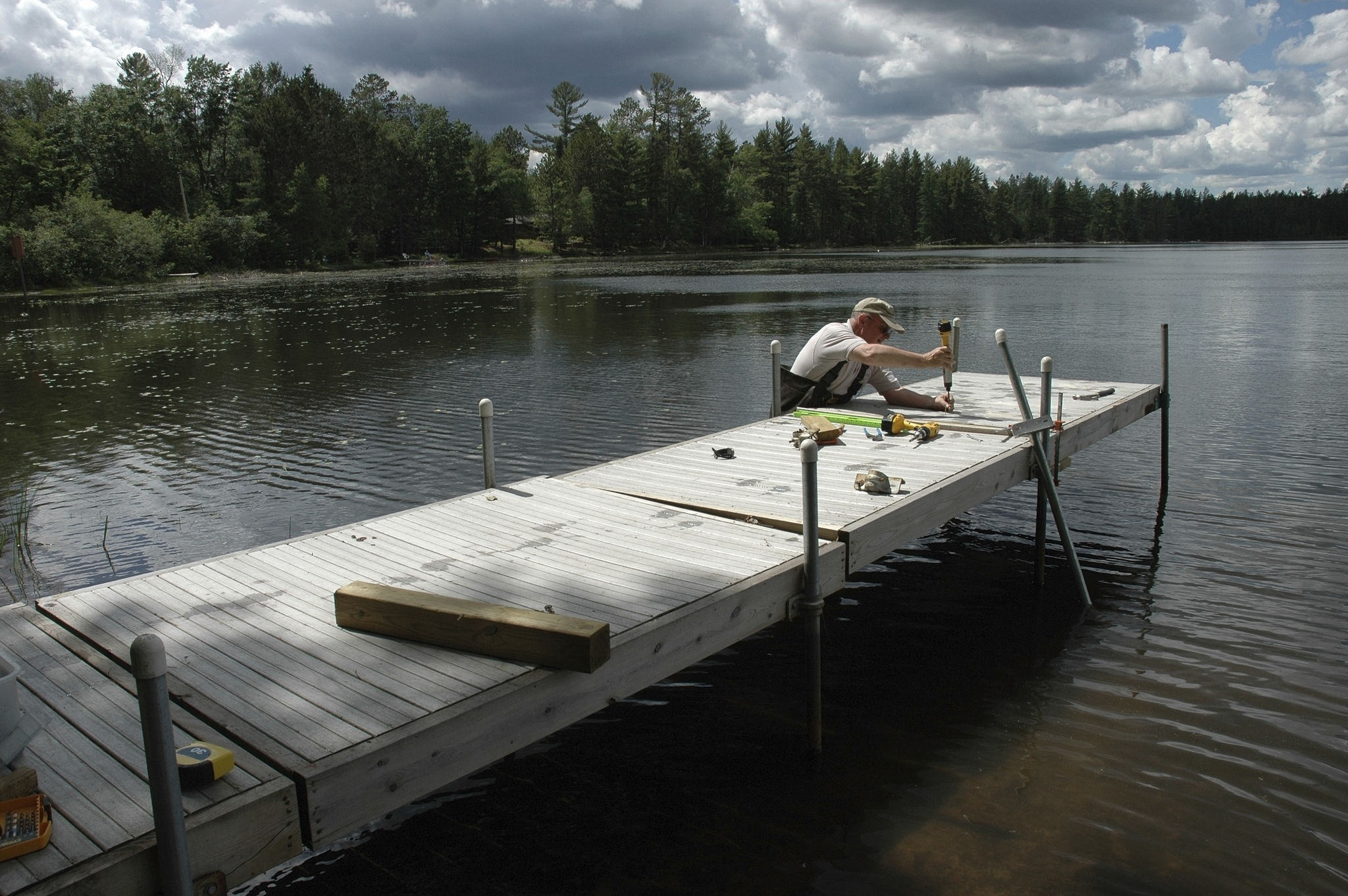Expert Advice: Common Dock Installation Mistakes and How to Avoid Them
Installing a dock can be a rewarding project that enhances your waterfront property, but it's important to get it right the first time. Mistakes during installation can lead to costly repairs and potential safety hazards. Here’s some expert advice on common dock installation mistakes and how to avoid them.
Choosing the Wrong Materials
One of the most frequent mistakes in dock installation is selecting inappropriate materials. Many people opt for cheaper materials to cut costs, but this often leads to higher maintenance and shorter lifespan. Selecting high-quality, durable materials like pressure-treated wood, composite decking, or aluminum can ensure your dock withstands the elements.
Consider the local climate and water conditions when choosing materials. Saltwater environments, for instance, require more corrosion-resistant materials compared to freshwater settings.

Ignoring Local Regulations
Before beginning any dock installation, it’s crucial to research and comply with local regulations and permitting requirements. Many areas have specific guidelines regarding dock size, location, and environmental impact. Failing to obtain the necessary permits can result in fines or demands to remove your dock.
Consult with local authorities or a professional to ensure your dock meets all legal requirements. This step will save you from potential legal headaches down the road.
Improper Anchoring
A dock’s stability depends greatly on how well it is anchored. Improper anchoring can lead to shifting or even detachment during severe weather conditions. Choose an anchoring method that suits your water body—whether it's pilings for deeper waters or floating anchors for shallower areas.

Ensure your dock is securely anchored by consulting a professional if you are unsure of the best method for your specific situation. A well-anchored dock not only lasts longer but also provides safety for its users.
Overlooking Maintenance Needs
Once installed, many homeowners neglect regular maintenance, leading to premature deterioration. Regular checks for damage, cleaning, and treating materials can extend the life of your dock significantly. Implement a maintenance schedule that includes seasonal inspections and repairs as needed.

Remember, proactive maintenance is more cost-effective than extensive repairs or a complete replacement later on.
Lack of Proper Planning
Proper planning is essential for successful dock installation. This includes considering how you will use the dock, the number of boats it needs to accommodate, and its impact on surrounding landscapes. Neglecting these factors can lead to a dock that doesn’t meet your functional needs or negatively affects the environment.
Create a detailed plan that addresses both immediate use and future expansions or modifications. Consulting with a professional during the planning stage can provide valuable insights and help avoid costly redesigns.
Avoiding these common mistakes not only ensures a safer, more durable dock but also enhances your enjoyment of your waterfront property. With careful planning and attention to detail, you can create a functional and aesthetically pleasing addition to your home.